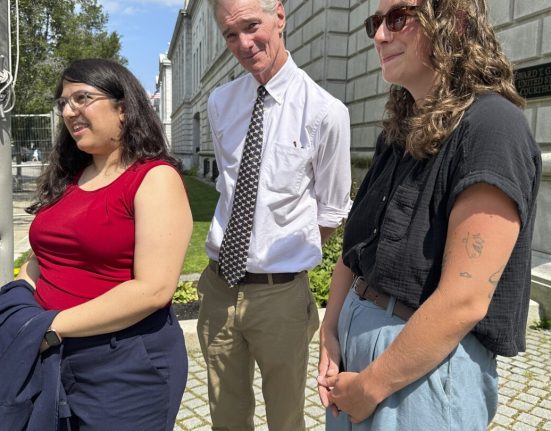Among the many provisions of the new tax and public spending bill signed by President Donald Trump (the Big, Beautiful Bill), there are significant changes to the federal student loan system. These will affect both current borrowers and those planning to apply for loans in the future. One of the most immediate effects is the elimination of most existing repayment plans. As a result, nearly half a million borrowers could see their monthly payments increase significantly.
Payment options
Starting July 1, 2026, the Department of Education will offer only two payment options for new borrowers: a standard plan with fixed monthly payments and a new income-based repayment (IBR). While this aims to reduce confusion, existing borrowers—those with existing loans—will find that some older options will still be available, at least temporarily.
A new student loan payment option called the Repayment Assistance Plan (RAP) will be eligible for the Public Service Loan Forgiveness (PSLF) program. The RAP is an income-based repayment plan designed to simplify the system for borrowers. Those who work in the public or nonprofit sector, such as teachers or nurses, can have their loans forgiven after 10 years of payments under PSLF, which is faster than the 30-year forgiveness period offered by RAP alone. The plan will be the default income-based option for new borrowers after its launch, although it comes at a time when the Trump administration is also seeking to restrict eligibility for PSLF.
Cuts and SAVE
However, the transition has encountered problems. The Department of Education has been delayed, in part due to staff cuts at the Office of Federal Student Aid under the Trump administration. Meanwhile, borrowers currently enrolled in the Biden-era SAVE (Saving on a Valuable Education) plan find themselves in legal limbo. Several lawsuits have challenged the generosity of the SAVE plan, halting required payments for now, but interest on those loans will begin accruing again starting August 1, 2025. Although the new income-based plan is not yet available, these borrowers may consider enrolling in the old IBR plan, which offers forgiveness after 20 or 25 years of qualifying payments, depending on the amount of their loans.
Loan limits
Another important change in the law is the introduction of strict lifetime borrowing limits. Graduate students will now have a limit of $100,000 in federal loans, up from the previous limit of about $138,000. Those pursuing professional degrees, such as law or medicine, will have a limit of $200,000, and Parent PLUS borrowers will now be limited to borrowing $65,000 per child.
Historically, borrowers have stayed within these new limits, but this change is likely to affect some who may be forced to reconsider attending more expensive institutions or explore alternative forms of financing.
According to the law, the motivation behind these limits is to curb the rising costs of higher education, particularly in graduate programs that have historically allowed students to borrow the full cost of tuition. Some schools, including for-profit and private nonprofit institutions, have taken advantage of this system by charging exorbitant tuition for degrees that often do not provide a sufficient return on investment.
Proponents of the limits argue that restricting federal loans could incentivize institutions to lower tuition and behave more responsibly. However, it remains to be seen whether that will happen: it is unclear whether financial pressure will actually push schools to make education more affordable or simply shift the burden to students in other ways.
Key Dates
- On August 1, 2025, interest for SAVE plan borrowers will begin to accrue.
- On July 1, 2026, the limits on graduate and professional student loans established in Trump’s law will take effect. Similarly, from that date forward, loans taken out must be repaid under one of two new plans: the standard plan or the Repayment Assistance Plan (RAP).
- July 1, 2028, is the deadline for borrowers with SAVE, PAYE, REPAYE, or income-based plans to switch to a standard, graduated, extended, income-based, or RAP plan.







